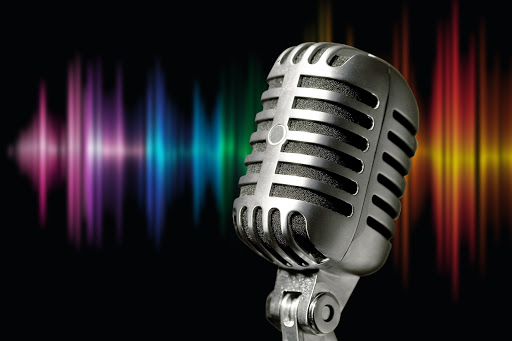T 2210/16 - Careful with predetermined values
This patent was opposed as not disclosing the invention in a manner sufficiently clear and complete for it to be carried out by a person skilled in the art. Claim 1 as granted states (in my translation)
Method for reducing microphone noise (feature A) in an input signal (x) of a hearing aid (10, 46) by filtering the input signal (x) by means of a Wiener filter (26) if a Noise Performance (NPSD) determined from the input signal (x) is less than a predetermined limit value (G) (feature C1) and deactivating the Wiener filter (26) if the Noise Performance (NPSD) is greater than or equal to the limit value (G) (feature D1).
The problem that was raised is that if the skilled person happened to select a microphone with good Noise Performance and a high predetermined limit value, then the Wiener filter would never be activated and the aim of reducing microphone noise would not be realized.
Below is a translation of the German decision, with help from the DeepL Translation tool. Below the cut is the German original.
(...)
3.7 For the, in the field of hearing aids, realistic case that already the noise power of the microphone noise is higher than the claimed "predetermined limit" according to features C1) and D1), the Wiener filter remains deactivated. Thus, in the opinion of the Board, the hearing aid professional cannot achieve the "reduction of microphone noise" on the basis of the original disclosure of the patent in dispute.
3.8 In particular, the following two aspects would, in the opinion of the Board, present the person skilled in the art with insurmountable difficulties in the execution of the claimed invention
3.8.1 Firstly, with regard to feature A), it should be noted that neither the description nor claim 1 of the patent in suit contain an explicit or implicit reference to limit the claimed process to a microphone with low microphone noise - however "low" should be defined.
3.8.2 On the other hand, the wording of the claim regarding feature C1) in no way indicates a setting of the "predetermined limit value" dependent on the microphone noise, as claimed by the respondent. Accordingly, the argument put forward by the respondent with reference to paragraph [0031] (in particular page 5, lines 33-38 and paragraph [0039]) of the patent specification, that the realization that the setting of the limit value is the "only possible adjustment screw" of the claimed method, which would cause the skilled person to set the limit value appropriately under consideration of the microphone noise to be reduced, cannot be applied in this generality.
3.9 With regard to the feasibility of these two aspects, i.e. the microphone with low self-noise and the selection of the predetermined limit value, the patent in dispute teaches that the microphone should be designed in the form of a condenser microphone and that the limit value should be set at 30 dB (see page 2, lines 16-31; page 10, lines 31-32 in connection with Figs. 2 and 3 of the original application).
In this context, the Board cannot share the respondent's view that the value of 28 dB used by the appellants in an illustrative example represents the absolute limit for the inherent noise of a microphone. For example, the Shure condenser microphone "Beta 98A", available before the priority date of the patent in dispute, has a microphone noise of 30 dB. The microphone noise of its predecessor "Beta 98" is even 5 dB higher. Consequently, within the scope of the patent in dispute, it would be quite plausible and realistic for the skilled person to apply the claimed method in a microphone with high microphone noise, for example with a microphone noise of about 30 dB. According to features D) and D1) of claim 1, however, the Wiener filter is permanently deactivated for such a microphone with a microphone noise in the range of the limit value (e.g. 30 dB) and therefore cannot be used to reduce the microphone noise according to feature A).







